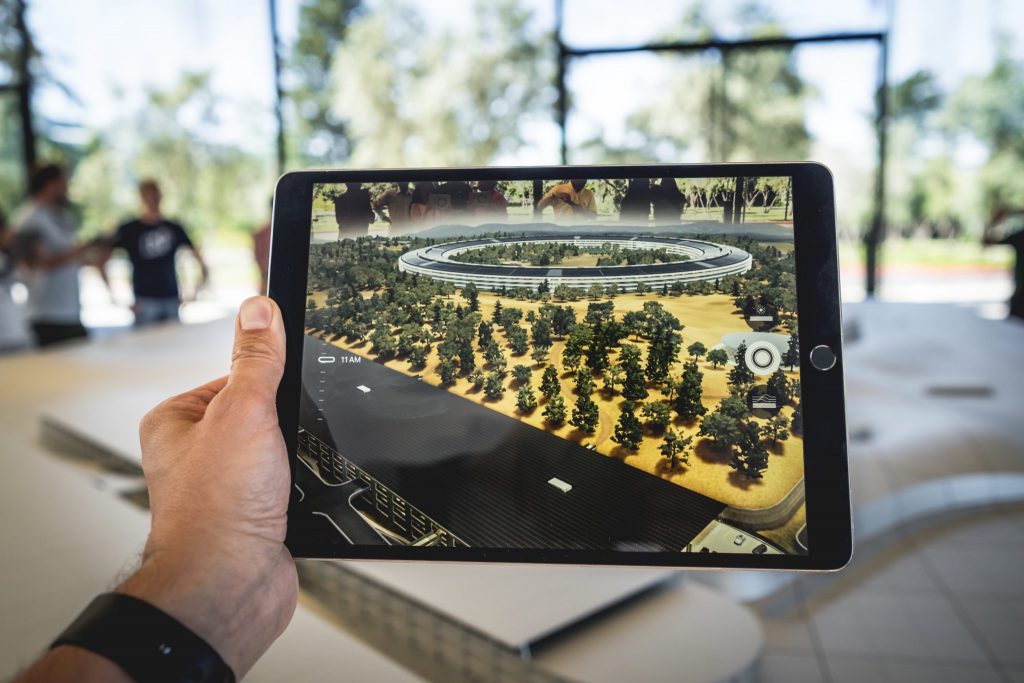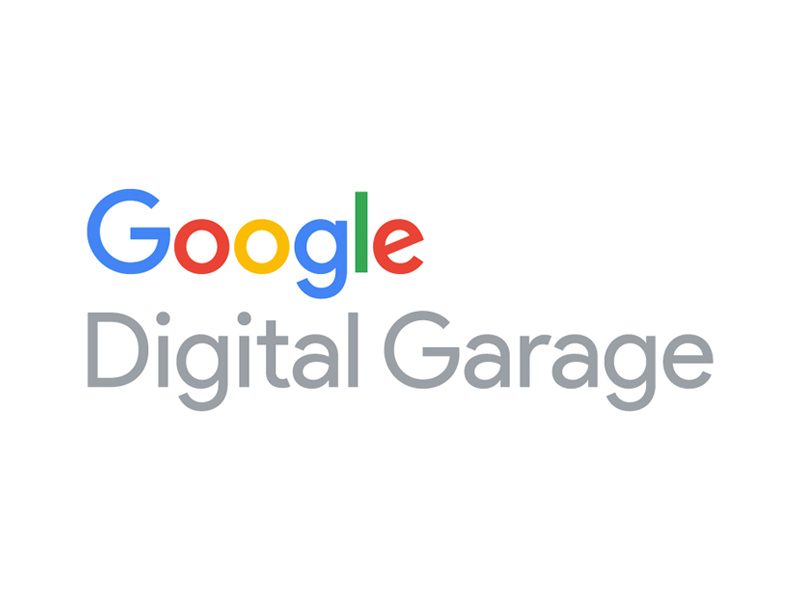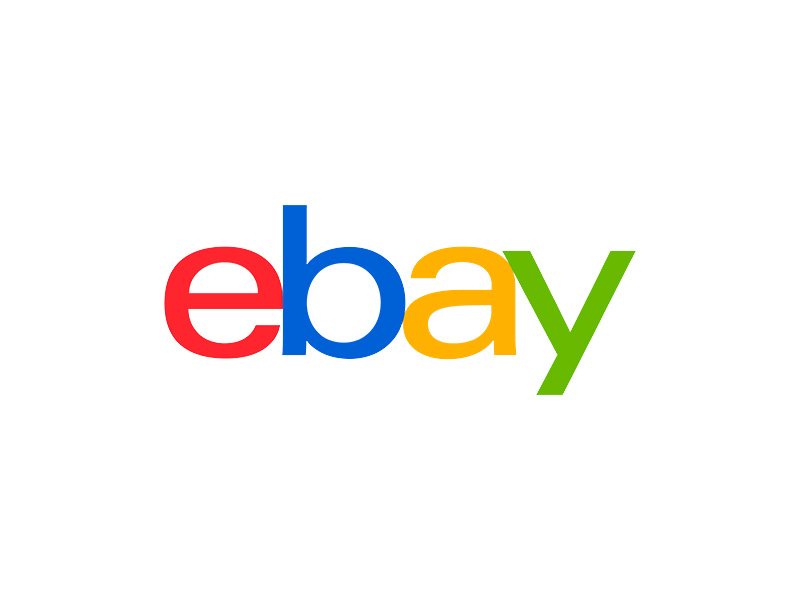Digital trends affect all sectors of industry; developments in digital technology and techniques come thick and fast and impact all sectors differently. The way in which we browse, buy and even feedback about the products and services we invest in has already changed dramatically due to developments in technology and digital trends.
While we know that online purchase is growing, it does still only account for 20% of sales, (in February 2019) but it is experiencing the highest level of growth.
What digital trends can we expect from 2019 and beyond?
The Internet Of Things
The internet of things is growing; there’s little that we can’t now connect to our phones or to each other for that matter, or there soon won’t be anyway! This digital trend is making consumers better buyers; finding, buying, signing up or paying for a product or service is simple, it’s a fingerprinted tap or a ‘hey Siri’, an ‘Alexa where’s the nearest…?’. We’re interlinked from cars & satnavs, smart-watches and phones, to fridges which suggest groceries we might need and ovens that offer up recipes; it makes us easy to be marketed to and easier for us to purchase!

Experience:
- We value experience over material possession more and more. Due to how millennials and Gen Z have developed and grown up, the things that they value are increasingly things that can be experienced. These generations have figured out that it’s often not possessions that make them truly happy. While instore purchases are generally down, the startup of ‘experience stores’ is on the rise; these stores either directly engage the physical customer or do so online, to sell experiences. As selling these experiences is often like selling the unknown, the use of AR and VR can really help to effectively sell these experiences.
- Separately to digital transformation, there’s a heightened concentration on sustainability and environmental acknowledgement. We’re more aware than ever of the impact our actions and our purchases are having on the world we live in; considerations such as carbon footprint and packaging are higher on many’s lists of concerns in 2019 and so, in-store purchases with smaller retailers, as opposed to the online ordering, for fresh produce is more likely to increase. 55% of shoppers asked claimed to prefer shopping local, with 32% claiming that this was for environmental reasons such as pollution from transportation. (IRI)
- Those stores who are still thriving and those who wish to survive the age of digital transformation, are ones who are upping their game. The reality is that although physical stores are not booming, it’s not all the doom and gloom we might be led to believe; it’s most likely that we’ll experience fewer stores but of better quality!
Communication:
- Returning to experience – this is increasing the opportunity for interaction with brands digitally, via social media. The in-store experience, products us, experiences bought as a gift are, by the average Jo, the micro and macro bloggers, shared through Twitter, Instagram and Facebook posts and ‘stories’ of the latter two, tagging brands. This is a new form of customer lead interaction with brands and a different form of instant and public feedback.
- Bots are on the up. This is one of the digital trends we all know well, we’re told regularly to beware of the robots who will take our jobs. So that’s not quite accurate but it’s not a trend to be ignored by companies or consumers as it is changing the way the two interact with each other. Some say that it’s a better form of providing service as simple queries can be answered swiftly, while others don’t want to communicate with a robot, they want human interaction. Either way, we’re communing with the bots, so make it work for your business!

- Proximity marketing alerts a customer to the latest prices and deals on offer in nearby stores. A prime example of this is the use of advertising on maps apps like Waze, alerting you to fuel prices when you are close to a petrol station. This can be incredibly effective as the consumer reaction can be made in real time, almost impulsively, however, how many people really buy like this? It’s likely to be most useful for convenience products, commodities like milk, bread and loo roll or food and beverage industries such as Mcdonalds – ‘treats’.
Augmented Reality:
- Augmented reality will be the tool that aids the development of, certainly at least, the communication and experience digital trends from this list. Swooping back to point number one, augmented reality is already developing the in-store experience of customers. By allowing consumers to interact with products in store, visualise their uses or how they might fit into their lives. Increasingly stores are using AR as part of their marketing strategy to attract customers to their window displays, encouraging engagement (often through social media) with the display and enticement into the store.
- The use of AR in apps. With 32% of respondents in a 2018 survey claiming they use at least one of their mobile apps up to 10 times a day, this is clearly the way businesses and their marketing teams need to be wowing their customers. Ikea are just one example of a store who has embraced AR in the form of their app, ‘Place’, allowing consumers to ‘place’ the real size 3D furniture that they fancy into the space they think it would go in their home, through their mobile screen. You can check it will fit, that it won’t clash with anything else and that you actually like it, all before buying! A clever use of AR!
The opportunity for digital interaction in the retail sector is incredible as we glide into 2019, with benefits for consumers, businesses and marketers alike. Digital trends are continuing to emerge constantly, so keep your finger on the pulse to ensure you don’t get left behind!












